May, a mother of a 1-month old baby, noticed that her baby has a foul-smelling, bulky stool. Later on, the baby developed a nonproductive cough, and though May has already seek the pediatrician’s advice, the cough continued for 2 months more. The pediatrician ran some tests on the infant, and diagnosed her with cystic fibrosis.
Cystic fibrosis (CF) is a hereditary and progressive genetic disorder that primarily affects the respiratory and digestive systems. This life-limiting condition results from a faulty gene that affects the production of a protein responsible for regulating salt and water movement in the body’s cells. As a result, individuals with CF experience thick and sticky mucus buildup in the lungs, pancreas, and other organs, leading to recurrent respiratory infections, digestive problems, and other complications.
What is Cystic Fibrosis?
- Cystic fibrosis (CF) is a disease of exocrine gland function that involves multiple organ systems but chiefly results in chronic respiratory infections, pancreatic enzyme insufficiency, and associated complications in untreated patients.
- Cystic fibrosis is an autosomal recessive disorder, and most carriers of the gene are asymptomatic.
- Pulmonary involvement occurs in 90% of patients surviving the neonatal period.
- End-stage lung disease is the principal cause of death.
Pathophysiology
Cystic fibrosis is caused by defects in the cystic fibrosis gene.
- Cystic fibrosis is caused by defects in the cystic fibrosis gene, which codes for a protein transmembrane conductance regulator (CFTR) that functions as a chloride channel and is regulated by cyclic adenosine monophosphate (cAMP).
- Mutations in the CFTR gene result in abnormalities of cAMP-regulated chloride transport across epithelial cells on mucosal surfaces.
- Defective CFTR results in decreased secretion of chloride and increased reabsorption of sodium and water across epithelial cells.
- The resultant reduced height of epithelial lining fluid and decreased hydration of mucus results in mucus that is stickier to bacteria, which promotes infection and inflammation.
- Secretions in the respiratory tract, pancreas, GI tract, sweat glands, and other exocrine tissues have increased viscosity, which makes them difficult to clear.
- In individuals with cystic fibrosis, the lungs are normal in utero, at birth, and after birth, before the onset of infection and inflammation (except possibly for the presence of dilated submucosal gland ducts in the airways).
- Shortly after birth, many persons with cystic fibrosis acquire a lung infection, which incites an inflammatory response.
- Infection becomes established with a distinctive bacterial flora.
- A repeating cycle of infection and neutrophilic inflammation develops.
Statistics and Incidences
Cystic fibrosis is an autosomal-recessive disease.
- In the United States, the incidence is about 1 in 3, 300 in white children and in 1 in 16, 300 in African American children
- Its estimated heterozygote frequency in white people is up to 1 in 20; each offspring of 2 heterozygote parents has a 25% chance of developing cystic fibrosis.
- In the United States, the prevalence is as follows: whites of northern European origin have 1 case per 3,200-3,500 population; hispanics have 1 case per 9,200-9,500 population; african americans have 1 case per 15,000-17,000 population; and asian americans have 1 case per 31,000 population.
- Compared with males, females with cystic fibrosis have greater deterioration of pulmonary function with increasing age and younger mean age at death.
Causes
Cystic fibrosis is an autosomal recessive disease caused by defects in the CFTR gene, which encodes for a protein that functions as a chloride channel, and also regulates the flow of other ions across the apical surface of epithelial cells.
- CFTR mutations. CFTR mutations result in abnormalities of cAMP-regulated chloride transport across epithelial cells on mucosal surfaces; the failure of chloride conductance by epithelial cells and associated water transport abnormalities result in viscid secretions in the respiratory tract, pancreas, GI tract, sweat glands, and other exocrine tissues.
- Environmental factors. The incomplete correlation of genotype with phenotype suggests either an environmental component of organ dysfunction or modifying genes that are only recently being characterized; the role of modifier genes is supported by the fact that neonates with cystic fibrosis who have intestinal obstruction most commonly have abnormalities in 2 or more CFTR modifier genes; in contrast, older children develop obstruction mostly as a result of environmental factors, such as introduction of pancreatic enzymes causing a stricture.
Clinical Manifestations
The age at diagnosis varies widely, however, as do the clinical presentation, severity of symptoms, and rate of disease progression in the organs involved. Clinical manifestations vary with the patient’s age at presentation.
- Meconium ileus. Meconium ileus is the presenting symptom of CF in 5% to 10% of the newborns who later develop additional manifestations.
- Absence of pancreatic enzymes. Depletion or absence of pancreatic enzymes before birth results in impaired digestive activity, and the meconium becomes viscid (thick) and mucilaginous (sticky).
- Intestinal obstruction. Bile-stained emesis may result from obstruction of the intestines, as well as a distended abdomen, and an absence of stool.
- Chronic cough. A hard, nonproductive chronic cough may be the first sign, and it may later become frequent bronchial infections.
- Lack of oxygen. Development of a barrel chest and clubbing of fingers indicate chronic lack of oxygen.
- Pancreatic insufficiency. Patients with pancreatic insufficiency have fat-soluble vitamin deficiency and malabsorption of fats, proteins, and carbohydrates (however, malabsorption of carbohydrates is not as severe as that of fats and proteins); patients present with failure to thrive (despite an adequate appetite), flatulence or foul-smelling flatus, recurrent abdominal pain, and abdominal distention.
- Steatorrhea. Malabsorption results in steatorrhea, characterized by frequent, poorly formed, large, bulky, foul-smelling, greasy stools that float in water.
- High electrolyte concentrations. The tears, saliva, and sweat of children with CF contain abnormally high concentrations of electrolytes, and most such children have enlarged submaxillary salivary glands.
- Sterility. Males with CF who reach adulthood will most likely be sterile because of the blockage or absence of the vas deferens or other ducts; females often have thick cervical secretions that prohibit the passage of sperm.
Assessment and Diagnostic Findings
The diagnosis of cystic fibrosis (CF) is based on typical pulmonary manifestations, GI tract manifestations, a family history, and positive sweat test results.
- Noninvasive CFTR analysis. Noninvasive CFTR analysis involves a technique for recovering DNA from cells obtained by buccal brushing; this technique can be used to determine the carrier status of the parents of a fetus with suspected CF based on sonographic findings of meconium ileus.
- Restriction fragment length polymorphism (RFLP) analysis. When only one or neither parent has an identified CF mutation but the couple has a previous child with CF, the status of the fetus can be predicted by restriction fragment length polymorphism (RFLP) analysis; genetic material from both parents, the affected sibling, and the fetus must be available for RFLP testing.
- Newborn screening. Newborn screening for CF is universally required in the United States.
- Sweat chloride test. The principal diagnostic test to confirm CF is a sweat chloride test using the pilocarpine iontophoresis method to collect sweat and perform a chemical analysis of its chloride content is currently considered to be the only adequately sensitive and specific type of sweat test.
- Radiography. On chest radiography, initial changes are hyperinflation and peribronchial thickening. Progressive air trapping with bronchiectasis may be apparent in the upper lobes.
- Genotyping. Genotype testing is recommended for individuals with a positive family history and for couples planning a pregnancy.
Medical Management
As a result of the complex and multisystemic involvement of cystic fibrosis (CF) and the need for care by specialists, treatment and follow-up care at specialty centers with multidisciplinary care teams (ie, cystic fibrosis centers) is recommended.
- Diet. In general, a normal diet with additional energy and unrestricted fat intake is recommended; a high-energy and high-fat diet, in addition to supplemental vitamins (especially fat soluble) and minerals, is recommended to compensate for malabsorption and the increased energy demand of chronic inflammation.
- Exercise. Regular exercise increases physical fitness in patients with cystic fibrosis; upper body exercises, such as canoe paddling, may increase respiratory muscle endurance.
- Monitoring. Patients are monitored in the CF clinic every 2-3 months to achieve maintenance of growth and development, maintenance of as nearly normal lung function as possible, intervention and retardation of the progression of lung disease, clinical assessment to monitor gastrointestinal tract involvement, and monitoring for complications and their treatment .
- Vaccines. Routine vaccinations are indicated in patients with cystic fibrosis, including seasonal influenza vaccination.
Pharmacologic Management
Medications used to treat patients with cystic fibrosis may include pancreatic enzyme supplements, multivitamins (particularly fat-soluble vitamins), mucolytics, antibiotics (including inhaled, oral, or parenteral), bronchodilators, anti-inflammatory agents, and CFTR potentiators.
- Pancreatic enzymes. These agents aid digestion when the pancreas is malfunctioning; current pancreatic enzyme preparations are derived from porcine extracts and contain various proportions of lipase, amylase, and protease.
- Vitamins. Vitamins are organic substances required by the body in small amounts for various metabolic processes; they may be synthesized in small or insufficient amounts in the body or not synthesized at all, thus requiring supplementation; vitamins A, D, E, and K are fat soluble while biotin, folic acid, niacin, pantothenic acid, B vitamins (ie, B-1, B-2, B-6, B-12), and vitamin C are generally water soluble.
- Bronchodilators. In children with CF, the use of bronchodilators must be evaluated; children with bronchiectasis may have a paradoxic bronchodilation in response to beta-adrenergic agents; pulmonary function testing before and after bronchodilators is suggested to avoid these counterproductive effects.
- Mucolytics. Mucolytics, such as dornase alfa, an enzyme that hydrolyses the DNA, are used in patients with CF to improve airway clearance.
- Cystic fibrosis transmembrane conductance regulator (CFTR). Cystic fibrosis transmembrane conductance regulator (CFTR) potentiators are the first available treatment that targets the defective CFTR protein, which is the underlying cause of cystic fibrosis.
- Antibiotics. Antibiotic therapy has been found to be related to the greater likelihood of recovery after acute decline in FEV1.
Nursing Management
Management of a child with cystic fibrosis should be holistic and meticulous.
Nursing Assessment
The collection of data on the child with CF varies depending on the child’s age and the circumstances of the admission.
- Interview the caregivers. Conduct a complete parent interview that includes the standard information, as well as data concerning respiratory infections, the child’s appetite and eating habits, stools, noticeable salty perspiration, history of bowel obstruction as an infant, and family history for CF, if known.
- Assess caregiver‘s knowledge. Also determine the caregiver’s knowledge of the condition.
- Assess vital signs. When collecting data about vital signs, include observation of respirations, such as cough, breath sounds, and barrel chest, and signs of pancreatic involvement.
- Assess skin condition. Examine skin around the rectum for irritation and breakdown from frequent foul stools.
Nursing Diagnosis
Based on the assessment data, the major nursing diagnoses are:
- Ineffective airway clearance related to thick, tenacious mucus production.
- Ineffective breathing pattern related to tracheobronchial obstruction.
- Risk for infection related to bacterial growth medium provided by pulmonary mucus and impaired body defenses.
- Imbalanced nutrition:less than body requirements related to impaired absorption of nutrients.
- Anxiety related to hospitalization.
- Compromised family coping related to child’s chronic illness and its demands on caregivers.
- Deficient knowledge of the caregiver related to illness, treatment, and home care.
Nursing Care Planning and Goals
Main Article: 5 Cystic Fibrosis Nursing Care Plans
The major goals for the child include:
- Relieving immediate respiratory distress.
- Maintaining adequate oxygenation.
- Remaining free from infection.
- Improving nutritional status.
- Relieving anxiety.
Nursing Interventions
Implementation of the following goals include these interventions:
- Improve airway clearance. Monitor the child for signs of respiratory distress; teach the child to cough effectively; examine and document the mucus produced; increase fluid intake; and encourage the child to drink extra fluids.
- Improve breathing. Maintain the child in a semi-Fowler’s position; use pulse oximetry; maintain oxygen saturation higher than 90%; administer oxygen as ordered; administer mouth care every 2 to 4 hours; perform chest physiotherapy every 2 to 4 hours as ordered; plan nursing and therapeutic activities and diversional activities; and teach them to exercise to help loosen the thick mucus.
- Prevent infection. Good handwashing techniques should be practiced by all; practice and teach other good hygiene habits; monitor vital signs every 4 hours; restrict people with an infection from contact with the child; and administer antibiotics as prescribed.
- Maintain adequate nutrition. Greatly increase the child’s caloric intake; provide the child with high-calorie, high protein snacks, such as peanut butter and cheese; administer pancreatic enzymes with all meals and snacks; encourage the child to eat salty snacks; report any changes in bowel movements; and weigh and measure the child.
- Reducing the child’s anxiety. Provide age-appropriate activities to help alleviate anxiety and boredom; encourage the family caregiver to stay with the child; allow the child to have familiar toys or mementos from home.
- Provide family support. Give the family and the child opportunities to voice fears and anxiety; respond with active listening techniques; and provide emotional support throughout the entire hospital stay.
Evaluation
Goals are met as evidenced by:
- Relief of immediate respiratory distress.
- Maintainance of adequate oxygenation.
- Freedom from infection.
- Improvement of nutritional status.
- Relief of anxiety.
Documentation and Guidelines
Documentation for a child with CF includes:
- Impact of condition on personal image and lifestyle.
- Current or recent antibiotic therapy.
- Plan of care.
- Teaching plan.
- Responses to interventions, teaching, and actions performed.
- Attainment or progress towards desired outcomes.
- Modifications to plan of care.
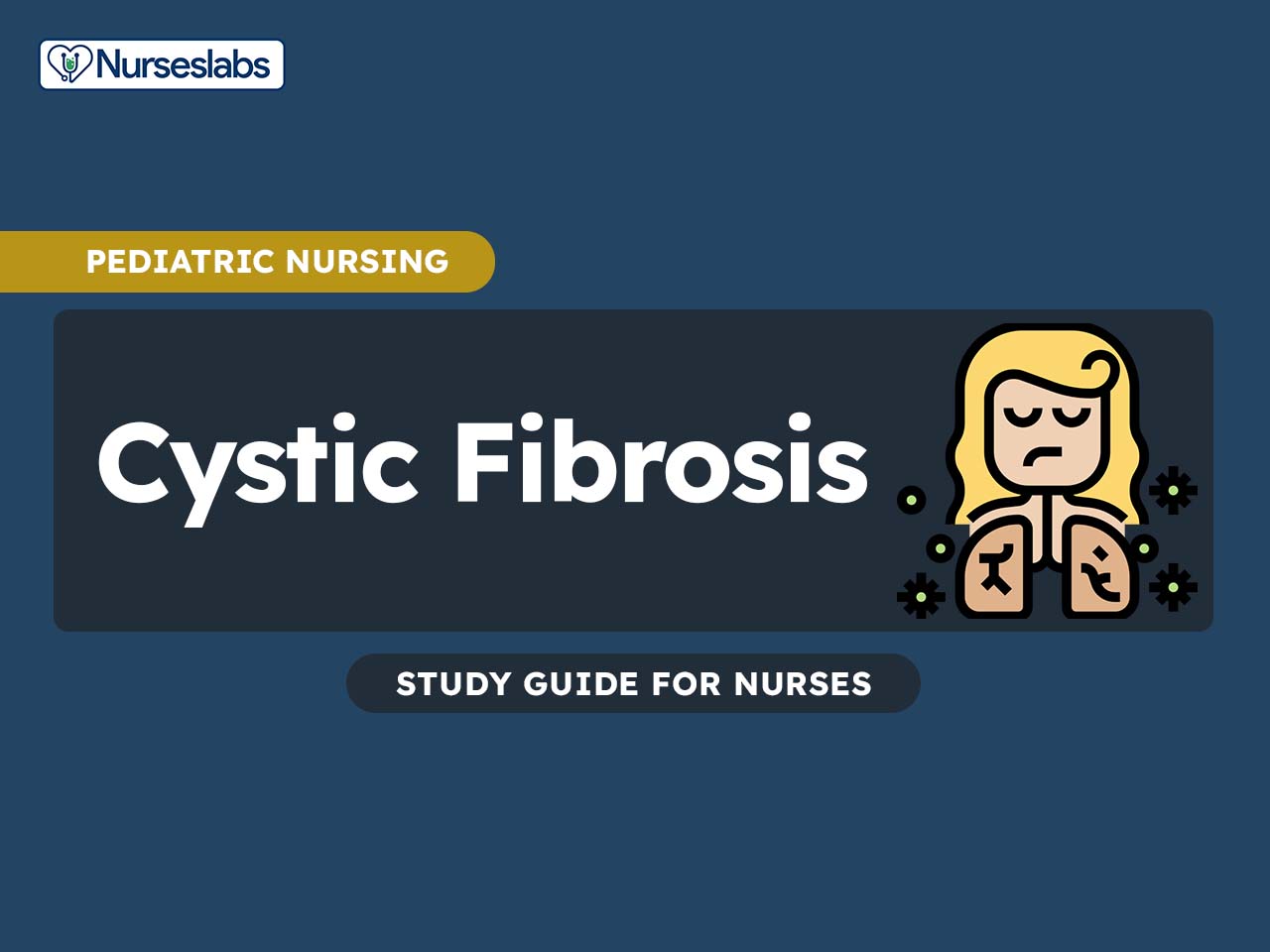






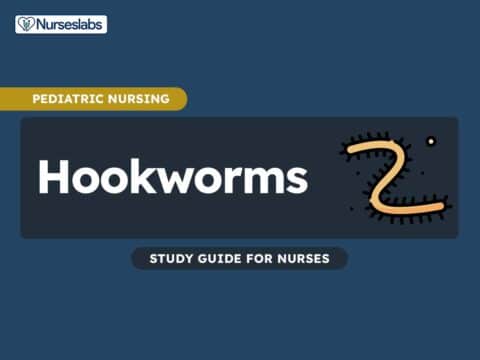
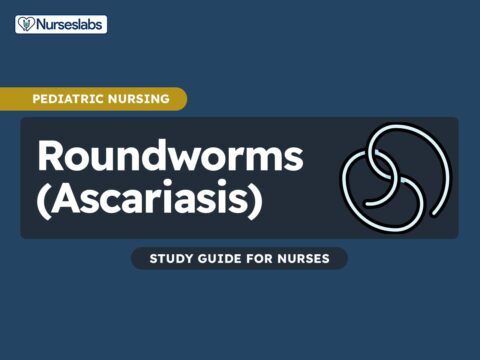
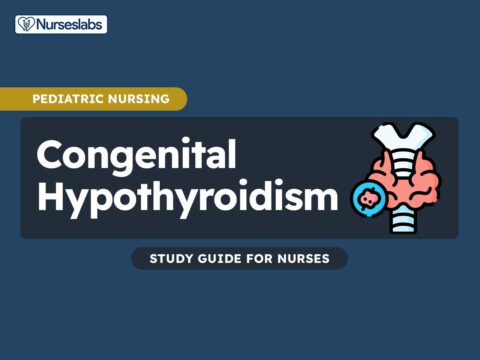
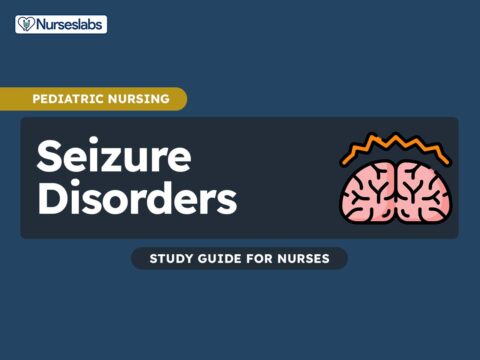
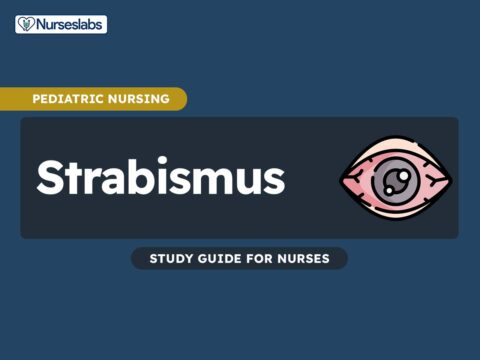
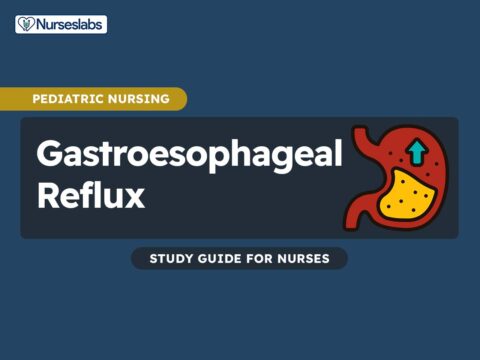

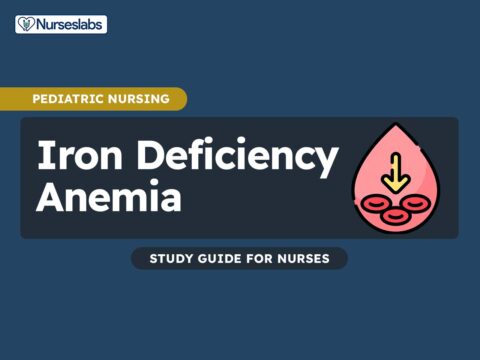


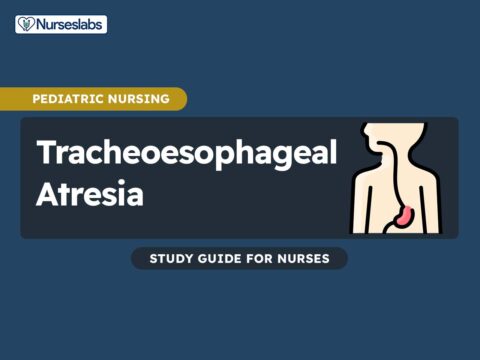



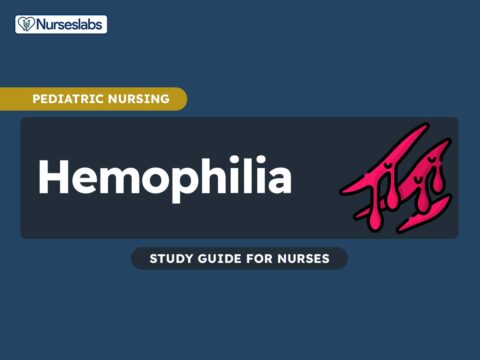



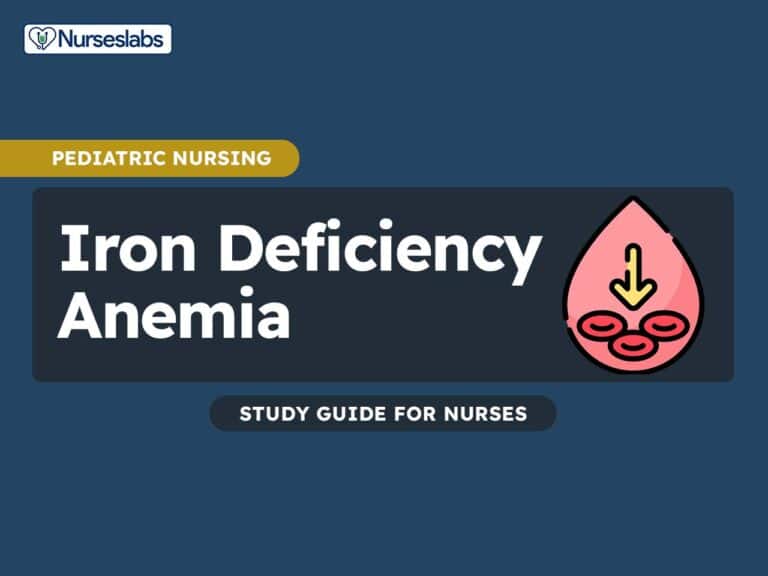





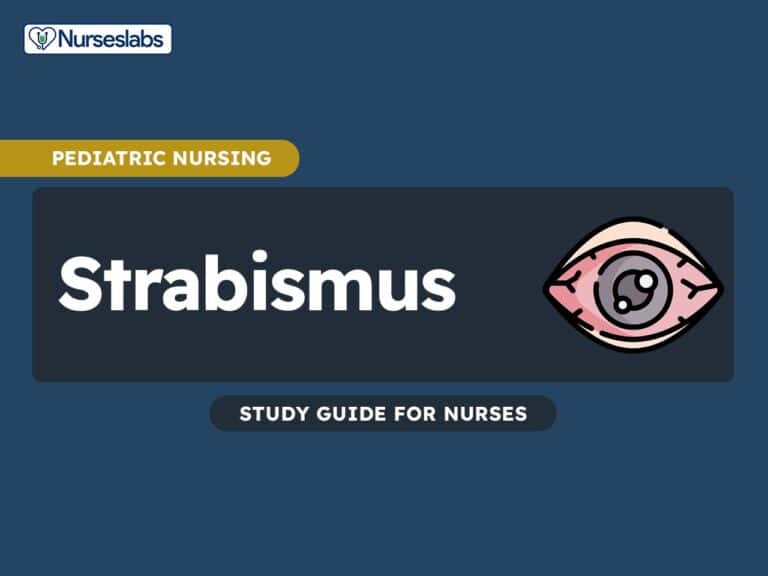
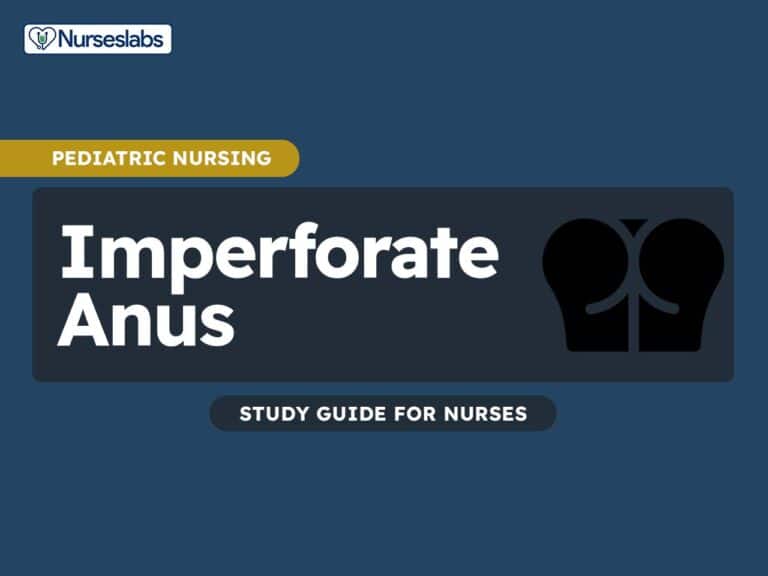
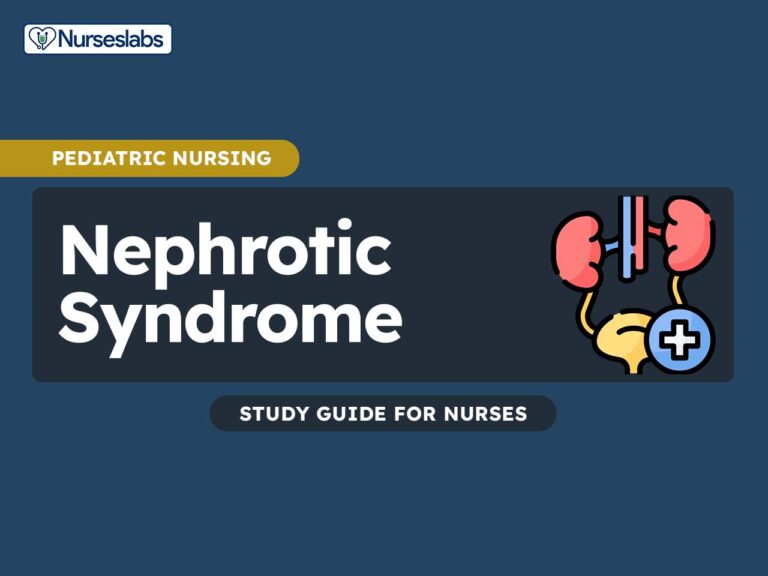

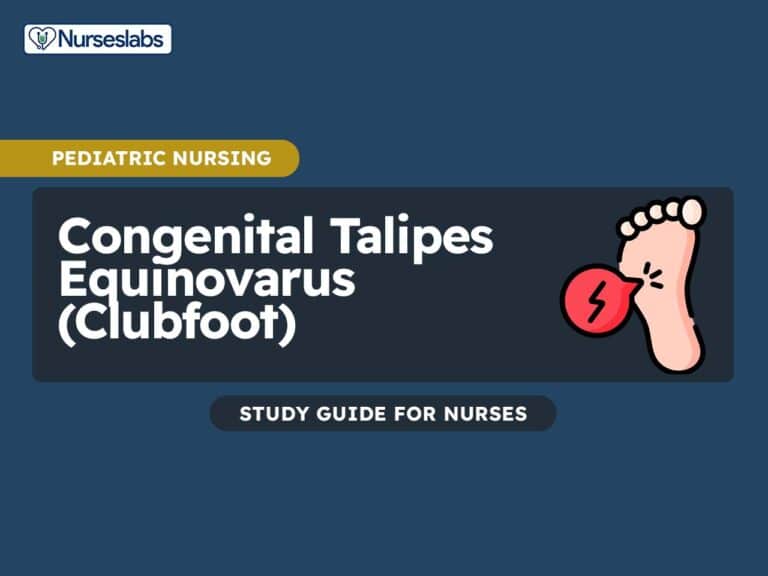

Leave a Comment